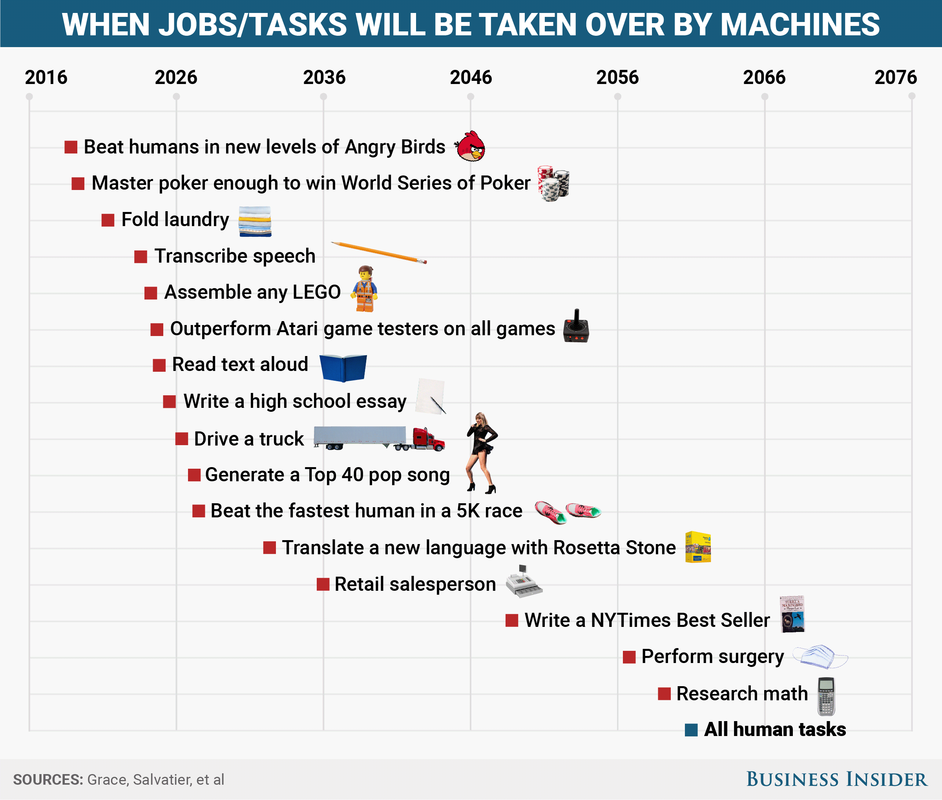|
Microsoft is bringing its big-data knowledge to sports. Today, the company introduced its new Sports Performance Platform, an analytics system that aims to help teams track, improve and predict their players performance using machine learning and Surface technology. Created by Microsoft Garage, the group responsible for the tech giant's offbeat innovations, the project is designed to make coaches better understand player data and find ways to turn that into actionable insights. Microsoft's Sports Performance Platform can, for example, figure out when a player is at risk of injury, based on his or her most recent performance and recovery time.
The company says one of the main benefits to its sports analytics tool is that it's powered by proprietary business tools such as Power BI, a cloud-based intelligence suite also used on products like Excel, as well as Azure and, of course, Surface computers. "Imagine making clutch decisions that are based on insight, rather than gut," said Jeff Hansen, general manager of Microsoft Brand Studio. "The difference between a win or a loss can be decided by an extra five minutes of wind sprints, levels of hydration or getting to bed 30 minutes earlier the night before." Click here to read the full article.
0 Comments
Only 16% of executives qualify as ‘digital winners,’ according to research by Oxford Economics. Boards and CEOs try to close this gap by bringing digital into the C-Suite – hiring a Chief Digital Officer or exploring reverse mentorship programs. These efforts help, but they are not adequate. They mistake expertise in emerging technology for digital leadership, and usually only graft basic technical literacy onto existing hierarchical structures.
Alternatively, companies like Bosch, Nestle, and Daimler empower a community of change agents – or 'digital guides' – to involve the entire firm in transformation. Some use HR analytics to discover change agents on their enterprise social networks. These are the folks whose use of these tools demonstrates their digital mindset. Change agent programs support emerging leaders with new management techniques, playbooks for agile ways of working, and online communities. Digital guides not only enable a more inclusive change process, but also learn how to exercise leadership within connected companies. Click here to read the full article.  Source: hbr.org Source: hbr.org When Amazon announced last week that it will acquire Whole Foods Market, a grocery chain with over 450 retail stores and deep industry talent, for $13.7 billion, Amazon’s stock price rose 2.4% on the news, increasing its market capitalization by $11 billion. At the same time, the price of SuperValu plummeted 14.4%, Kroger dropped 9.2%, and Sprouts fell 6.3%. You could almost hear the three-year plans of every grocer, and nearly every other traditional retailer, grinding through the shredding machines. Nobody in the industry should be surprised that the future of retailing is moving toward a fusion of digital and physical experiences. However, Amazon’s announcement makes the nature and speed of that movement far more challenging. Too many traditional retailers have built their plans on three questionable premises: (1) They can add digital capabilities faster than Amazon can add stores; (2) Amazon’s competitive space (e-commerce) is still constrained to only around 8% of U.S. retail sales, or $391 billion of $4.9 trillion per year; and (3) store-based retailers could profitably transition to a digital world by growing e-commerce sales cautiously enough to avoid diluting earnings and cannibalizing higher-margin store sales, while retreating to the most profitable stores and product categories that would be hardest for Amazon to attack. Until last week, food was considered such a safe haven. Click here to read the full article. McDonald's shares hit an all-time high on Tuesday as Wall Street expects sales to increase from new digital ordering kiosks that will replace cashiers in 2,500 restaurants.
Cowen raised its rating on McDonald's shares to outperform from market perform because of the technology upgrades, which are slated for the fast-food chain's restaurants this year. McDonald's shares rallied 26 percent this year through Monday compared to the S&P 500's 10 percent return. Andrew Charles from Cowen cited plans for the restaurant chain to roll out mobile ordering across 14,000 U.S. locations by the end of 2017. The technology upgrades, part of what McDonald's calls "Experience of the Future," includes digital ordering kiosks that will be offered in 2,500 restaurants by the end of the year and table delivery. Click here to read the full article. The study from Oxford and Yale researchers relied on survey responses of 352 AI researchers who gave their opinions on when in the future machines would replace humans for various tasks.
Lead investigator Katja Grace and her colleagues found the tasks most likely to get automated within the next 10 years were rote, mechanical tasks. Language translation could outpace human performance by 2024, responses indicated, and robots may be able to write better high-school-level essays than humans in 2026. More complex and creative tasks, like writing books and performing high-level math, will take longer. Ultimately, the researchers found AI could automate all human tasks by the year 2051 and all human jobs by 2136. Click here to read the full article. The entire experience of Moby Mart is meant to feel like futuristic shopping, down to the hologram greeter. You need to download an app to even get in the door—it only opens on phone recognition. You place your items in a "smart basket," and when you leave, you just walk out the door. The building scans what you've bought and charges your account accordingly. With solar panels on the roof, it recharges itself.
Moby is very much in beta. Only four people can fit inside the tiny store at the time, and while ultimately Moby aims to drive itself, currently a driver takes the Moby Mart to a nearby warehouse. There's a lot of space for its creator company Wheelys to experiment, and the company wants to start selling a finished product for franchising by 2018. "I want these to be bought by families or groups of people, so that it's not one person that owns every store in the world," says Wheelys co-founder Tom Mazetti. "Instead of working at a warehouse for Amazon, you can own your own little store." Click here to read the full article. The future of healthcare is not a device or a drug thus far undiscovered. No, it’s digital and that’s no surprise — but it’s not nearly as simple as today’s digital health.
Rather, forward-looking hospitals including Mount Sinai, LifeBridge Health and Thomas Jefferson, in fact, have clinical innovation teams working on digital medicine projects. The difference? Ashish Atreja, MD, chief innovation and engagement officer at Mount Sinai said that hospitals must apply the same principles to digital medicine that they do to plain old medicine. That means doing no harm, delivering effective and patient-centered care, and doing so in a timely and efficient manner Click here to read the full article. Prior to Bezos, the Post's technology operation consisted mostly of a help desk, fixing computers and software-bug patches and such. After Bezos, and at his urging, the Post made a critical decision: to build its own software.
Creating its own technology, in turn, gave the Post more control over things like load speeds and reliability, as well as deep visibility into its users — which stories they read, how far they scrolled, which headlines drew more traffic, and whether each reader has a preference for videos or photo presentations. That information could be fed back to the newsroom in real time, enabling them to, for example, beta-test headlines and optimize photos suited to different models of phones. Click here to read the full article. Google has a more complete picture of the consumer than any other company, because it knows when consumers view ads in Google Search, Gmail, YouTube, Google Maps, and Android apps. It also knows where consumers go, both online and in the physical world, based on cookies and location data from their phones. But the online giant has not had a very clear picture of where consumers shop in the physical world and how much they spend — until now.
Last week Google announced that, in an effort to bridge the “online ad–offline purchase” gap, it will begin to connect online ad exposure to brick-and-mortar sales. The company claims it will be able to track about 70% of all credit and debit card transactions and link them to online consumer behavior. Click here to read the full article. Google is now able to understand human language with 95 percent accuracy, thanks to machine learning algorithms that can detect speech and respond with meaningful results.
As Google continues to include voice recognition in more of its products, like Google Translate and its mobile and Home voice-powered assistants, the company is moving toward a future where talking to our machines will one day be as seamless as talking to friend. Click here to read the full article. |
A2D Digital FeedFollow the leading stories about digital transformation. |


